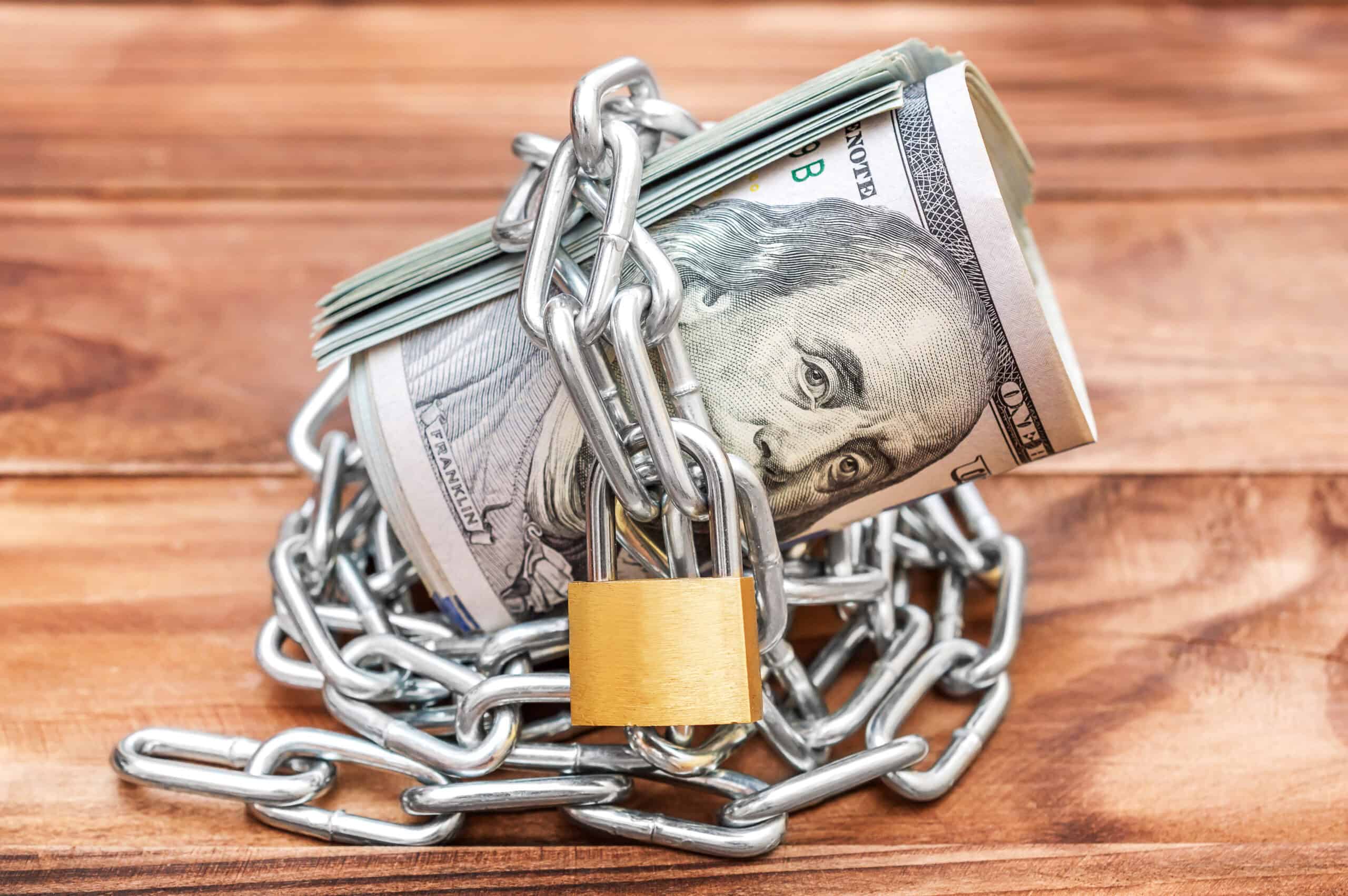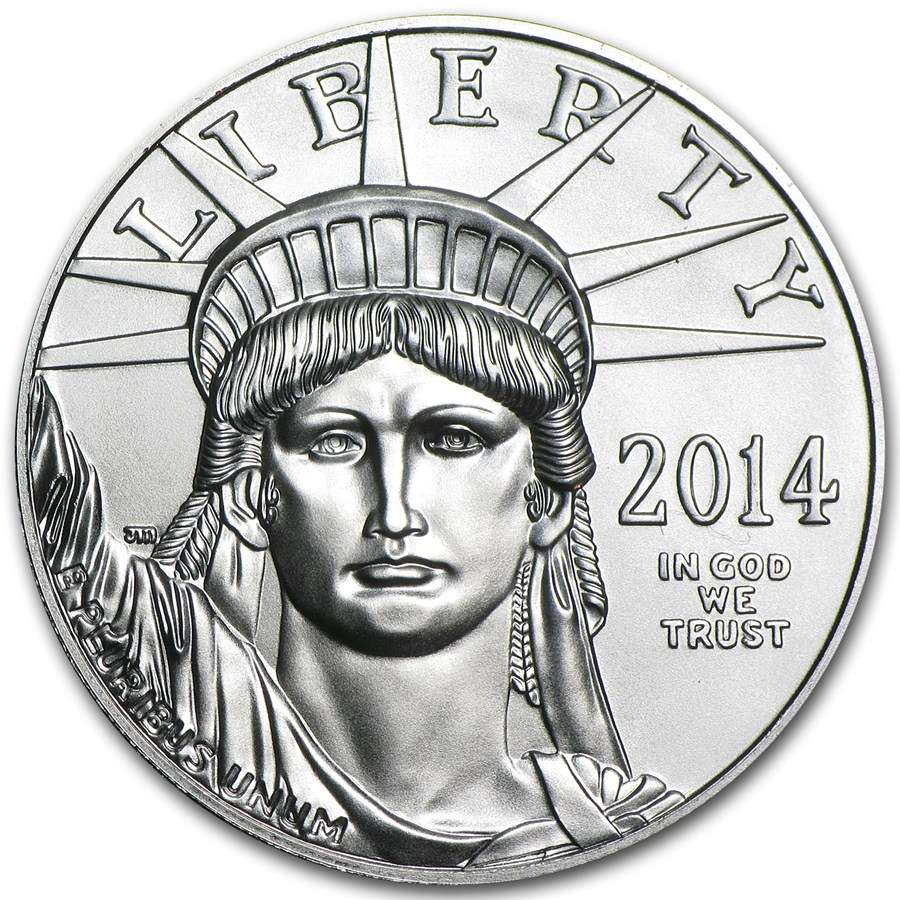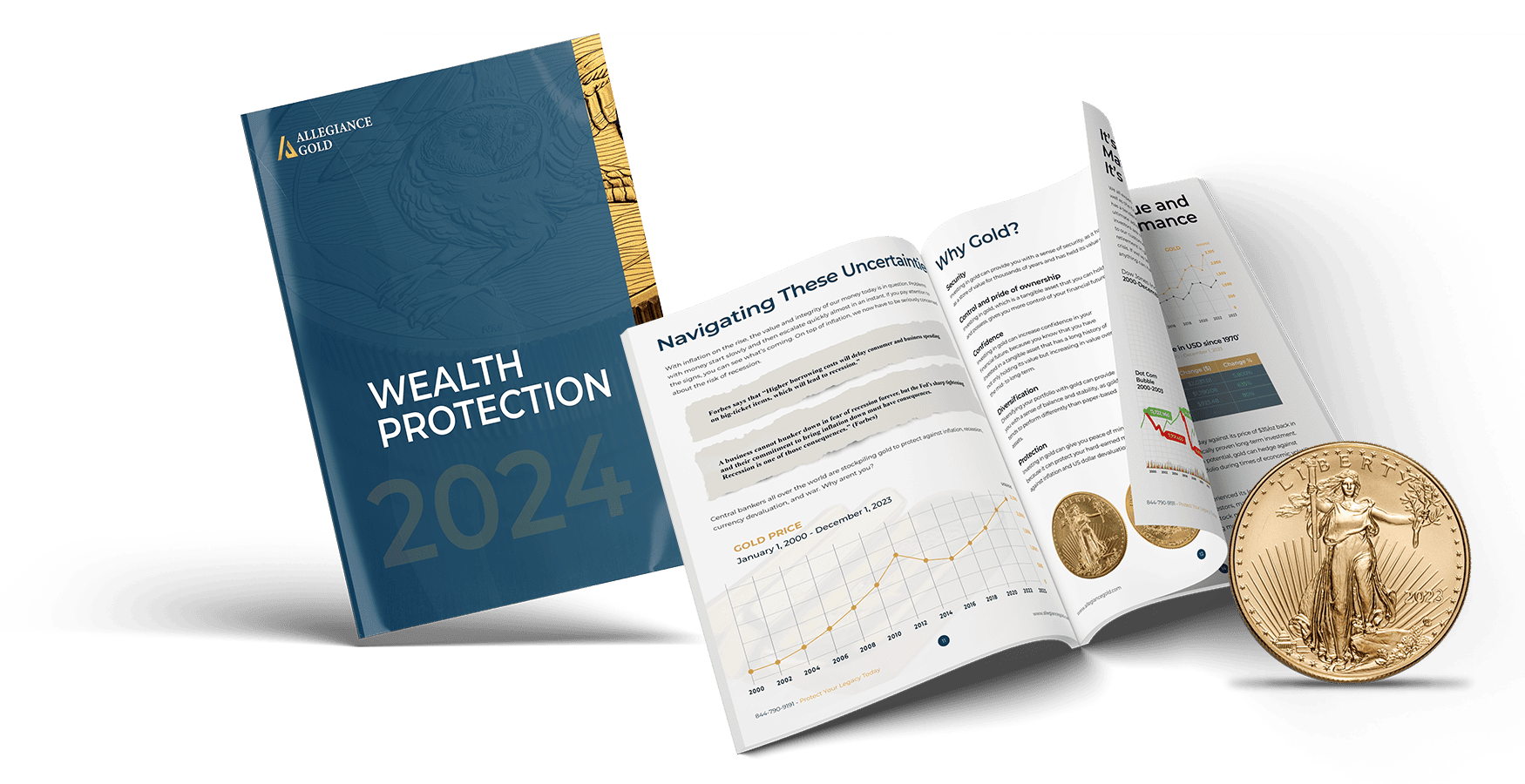More than 10 years after the 2008 economic crash, Americans are still in the dark about how megabanks’ mismanagement of derivatives risk can blow up the economy once again.
According to Wall Street on Parade, recent 10Ks (annual reports) filed by the largest Wall Street banks covering their financial condition, provide the strongest argument thus far for Congress to enact legislation to separate the Federally insured, deposit-taking commercial banks from the trading casinos on Wall Street.
JPMorgan’s 10K reveals it has sold credit derivative protection on $177 billion of “subinvestment grade” i.e., junk credits. When you sell credit protection, you are on the hook to pay the buyer if that entity goes belly up. When you are selling credit protection on sub-investment grade entities, it is far more likely that they could go belly up. JPMorgan Chase will likely argue that they have also purchased boatloads of credit derivatives, which might be on the same entities, but there is no way for anyone to accurately predict if this megabank has aligned these risks correctly. This means JPMorgan Chase could incur significant losses arising from concentrations of credit and market risk. Perhaps that’s part of why Warren Buffett exited banks in August (including JP Morgan Chase) and put his money in Gold. Gold is becoming the new investment which investors are resorting to.
“If the average American knew that the very same banks that blew up the U.S. economy, devastated the housing market, crashed the stock market, threw millions of Americans out of work just a decade ago were warning in their own 10K legal filings with the Securities and Exchange Commission that the same thing could happen again at any moment, there would be mobs with pitchforks in the street. But because corporate media does not put this critical information on the front pages of newspapers, the public remains in the dark and Congress dawdles.”
We know very well that JPMorgan Chase “may not be successful” in managing its derivative risks because as recently as 2012 it lost at least $6.2 billion of its bank depositors’ money gambling in derivatives in London. That episode was known as the London Whale incident and triggered a 9-month investigation by the U.S. Senate’s Permanent Subcommittee on Investigations.
According to documents released by that Subcommittee, as of the close of business on January 16, 2012, JPMorgan’s Chief Investment Office held a $458 billion notional (face amount) in domestic and foreign credit default swap indices. Of that amount, $115 billion was in an index of corporations with junk bond ratings, which the bank was not allowed to own. To get around that, according to the Office of the Comptroller of the Currency, JPMorgan “transferred the market risk of these positions into a subsidiary of an Edge Act corporation, which took most of the losses.” An Edge Act corporation refers to the ability of a bank to obtain a special charter from the Federal Reserve. By establishing an Edge Act corporation, U.S. banks are able to engage in investments not available under standard banking laws.
Now fast forward to today where JPMorgan Chase has no qualms about telling one of its Federal regulators, the SEC, that it has sold protection on $177 billion of “subinvestment grade” credit derivatives.
According to the Office of the Comptroller of the Currency, JPMorgan Chase had $48.2 trillion (yes, trillion with a “t”) in notional (face amount) of derivatives as of December 31, 2018. Of that amount, 58 percent remained in over-the-counter (OTC) contracts rather than centrally cleared. Regulators have very little insight into these OTC contracts. For all we know, the Wall Street megabanks could have enormous amounts of risk concentrated with one derivatives counterparty – the very thing that brought down the giant insurance company AIG in 2008 – forcing a taxpayer bailout of the insurance company to the tune of $185 billion.
Citigroup has also produced alarm bells in its most recent 10K filing with the SEC. This is the same bank that received the largest taxpayer bailout in global banking history in 2008. It also received over $2 trillion cumulatively in secret revolving loans from the Federal Reserve from the end of 2007 to at least July 2010 because of its shaky condition.
According to the OCC, as of December 31, 2018, Citigroup had $47 trillion notional amount of derivative exposure. This is how Citigroup explains its risk from a major counterparty getting into trouble:
“Citi also routinely executes a high volume of securities, trading, derivatives and foreign exchange transactions with non-U.S. sovereigns and with counterparties in the financial services industry, including banks, insurance companies, investment banks, governments, central banks, and other financial institutions. The rapid deterioration of a large counterparty or within a sector or country where Citi has large exposures or unexpected market dislocations could cause Citi to incur significant losses…The fair value of financial instruments incorporates the effects of Citi’s own credit risk and the market view of counterparty credit risk, the quantification of which is also complex and judgmental.”
In other words, a bank that blew itself up a decade ago in epic fashion still has no scientific or reliable method of assessing counterparty risk.
Another reason that Citigroup blew up in a short period of time was that its regulators allowed it to have enormous amounts of off-balance sheet exposure. In Citi’s most recent 10K it reports that it has $568.7 billion in “certain off-balance sheet exposures.”
Another Wall Street megabank is the Bank of America which owns the giant retail brokerage firm, Merrill Lynch. According to the OCC, as of December 31, 2018, its bank holding company had $31.7 trillion in notional derivatives. Their explanation? “… our credit risk may be heightened by market risk when the collateral held by us cannot be liquidated or is liquidated at prices not sufficient to recover the full amount of the loan or derivatives exposure due to us. We are party to a large number of derivatives transactions, including credit derivatives. Our derivatives businesses may expose us to unexpected market, credit, and operational risks that could cause us to suffer unexpected losses. Severe declines in asset values, unanticipated credit events, or unforeseen circumstances that may cause previously uncorrelated factors to become correlated and vice versa, may create losses resulting from risks not appropriately taken into account or anticipated in the development, structuring, or pricing of a derivative instrument….”
Then there is Goldman Sachs. According to the OCC, Goldman Sachs’ bank holding company has $42.3 trillion notional in derivatives. This is how Goldman explains what could go wrong in its current 10K:
“In the ordinary course of business, we may be subject to a concentration of credit risk to a particular counterparty, borrower, issuer, including sovereign issuers, or geographic area or group of related countries, such as the E.U., and a failure or downgrade of, or default by, such entity could negatively impact our businesses, perhaps materially, and the systems by which we set limits and monitor the level of our credit exposure to individual entities, industries and countries may not function as we have anticipated.”
And, finally, there is Morgan Stanley, which the OCC says holds $32 trillion notional in derivatives at its bank holding company. Morgan Stanley reveals in its latest 10K that some of the counterparties it is using for its derivative trades have below-investment-grade ratings — i.e., junk ratings.
There is one Federal agency that has repeatedly attempted to warn against the dangers to the safety and soundness of the U.S. federally-insured banking system as a result of the interconnectedness of a handful of Wall Street megabanks and also from these megabanks concentrating their risks among the same counterparties.
In 2015, the Office of Financial Research (OFR), which was created under the Dodd-Frank financial reform legislation of 2010 to sound the alarm bells to regulators and the public on the buildup of systemic risks, released a study showing dangerous levels of interconnected risk among the mega banks on Wall Street.
Authored by Meraj Allahrakha, Paul Glasserman, and H. Peyton Young, the report found that five U.S. banks had high contagion index values — Citigroup, JPMorgan, Morgan Stanley, Bank of America, and Goldman Sachs.
In 2016, the OFR again sounded the alarm, this time effectively saying that the Federal Reserve’s stress tests were ineffective incorrectly measuring risk. The OFR researchers, Jill Cetina, Mark Paddrik, and Sriram Rajan, found that the Fed’s stress test was measuring counterparty risk on a bank by bank basis. The real problem, according to the researchers, is not what would happen if the largest counterparty to a specific bank failed but what would happen if that counterparty happened to be the counterparty to other systemically important Wall Street banks. Regardless of what happens next, don’t expect any more insights coming from the OFR, however. The Trump administration is in the process of gutting it.
The problem is that what we’re dealing with now in these unprecedented times has further enabled banks to make excuses for their actions. The fact that so little has actually changed since the 2008 financial crash – the most devastating U.S. economic collapse since the Great Depression – should be a priority issue for every engaged American and every candidate running for President in 2020.



 Gold Products
Gold Products Silver Products
Silver Products Platinum
Platinum